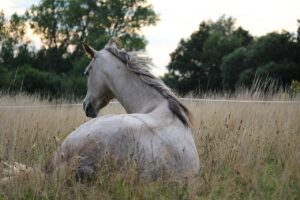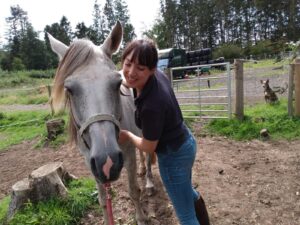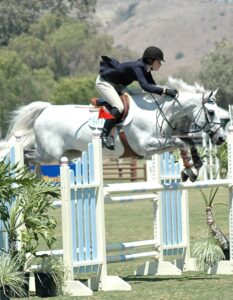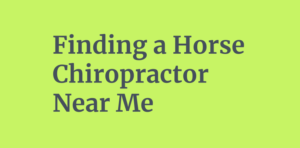Atypical myopathy (sycamore myopathy) in horses is a severe and often fatal muscle disorder caused by eating sycamore seeds, leaves or seedlings. It can occur at any time of the year but is most common in the autumn.
Differences in severity of cases can be explained by differences in the amount of toxin (HGA) found in difference species of plants, and also the genetic disposition of horses to be affected by the toxin.
Look around your grazing and see if you have any sycamore trees. If so you might want to consider fencing the areas around them off, so your horses cannot graze underneath.
What causes it?
Muscle biopsies of horses suffering from Atypical Myopathy show severe degeneration of the muscles as a result of a massive accumulation of lipids, or fats, within the muscle cells. This phenomenon is also apparent in humans suffering from ‘Jamaican vomiting sickness’ which occurs from the ingestion of the ackee fruit that contains a toxin called hypoglycin A. Further tests found that the sycamore tree seeds contained hypoglycin A and had been reported as present in pastures where atypical Myopathy had broken out. Concentration of the toxin within the seeds can vary greatly depending on wind, rain and soil quality, and even vary from seed to seed from the same tree. Mild weather seems to increase the toxin level and higher winds can disperse the seeds over a larger area.
What to look for in horses
Unfortunately, the early stages of Atypical Myopathy can look very similar colic and it is commonly misdiagnosed as such. The onset is rapid and causes severe damage to the horse’s postural, cardiac and respiratory muscles and can result in instant death.
Clinical signs include:
- A reluctance to move
- Muscle weakness
- Sweating
- Breathing difficulties
- High heart and respiratory rate
- Stiffness
- Depression
It is vital that treatment is given quickly as the rapid breakdown of the muscle cells release chemicals into the blood stream which overload the kidneys potentially leaking to acute kidney failure.
Diagnosis and treatment in horses
If Atypical Myopathy is suspected a vet must be called immediately. Blood tests can reveal the presence of the chemicals as a result of massive, acute muscle breakdown. This along with clinical observations and lead to a diagnosis of Atypical Myopathy.
Unfortunately there is no cure and treatment is aimed at limiting kidney failure.
Horses affected are given intensive fluid therapy, pain relief and antioxidants to try and achieve this.
Prevention
Now we know what causes this horrible condition, preventative steps can be taken to try and prevent it.
Preventative Steps
- Fence off any sycamores around your fields.
- Sycamore seeds can fly quite a way so be vigilant in checking fields regularly and taking any seeds out
- Keep horses off high risk fields at peak times i.e. Autumn and spring (when the sycamore saplings emerge)
- Make sure plenty of forage is available to try dissuade the horses from eating sycamore seeds and don’t over populate fields.
- Turn horses out for a shorter time
If a horse is suspected of having Atypical Myopathy it is vital to remove its field mates from the field as it is likely they have also ingested sycamore seeds. A blood test will assess whether any muscle breakdown has occurred and if so treatment can be given quickly to prevent further damage. Rehab can be a long slow process. With veterinary consent, Equine Massage can be a great tool for easing muscle pain.
In the case of Atypical Myopathy prevention is paramount, as death occurs in between 75% and 90% of horses diagnosed.
Book an Equine Sports Massage
Areas covered in UK: Worcestershire and surrounding counties.
Book an Equine Sports Massage or Call Emily Walters on 07983 565 438





